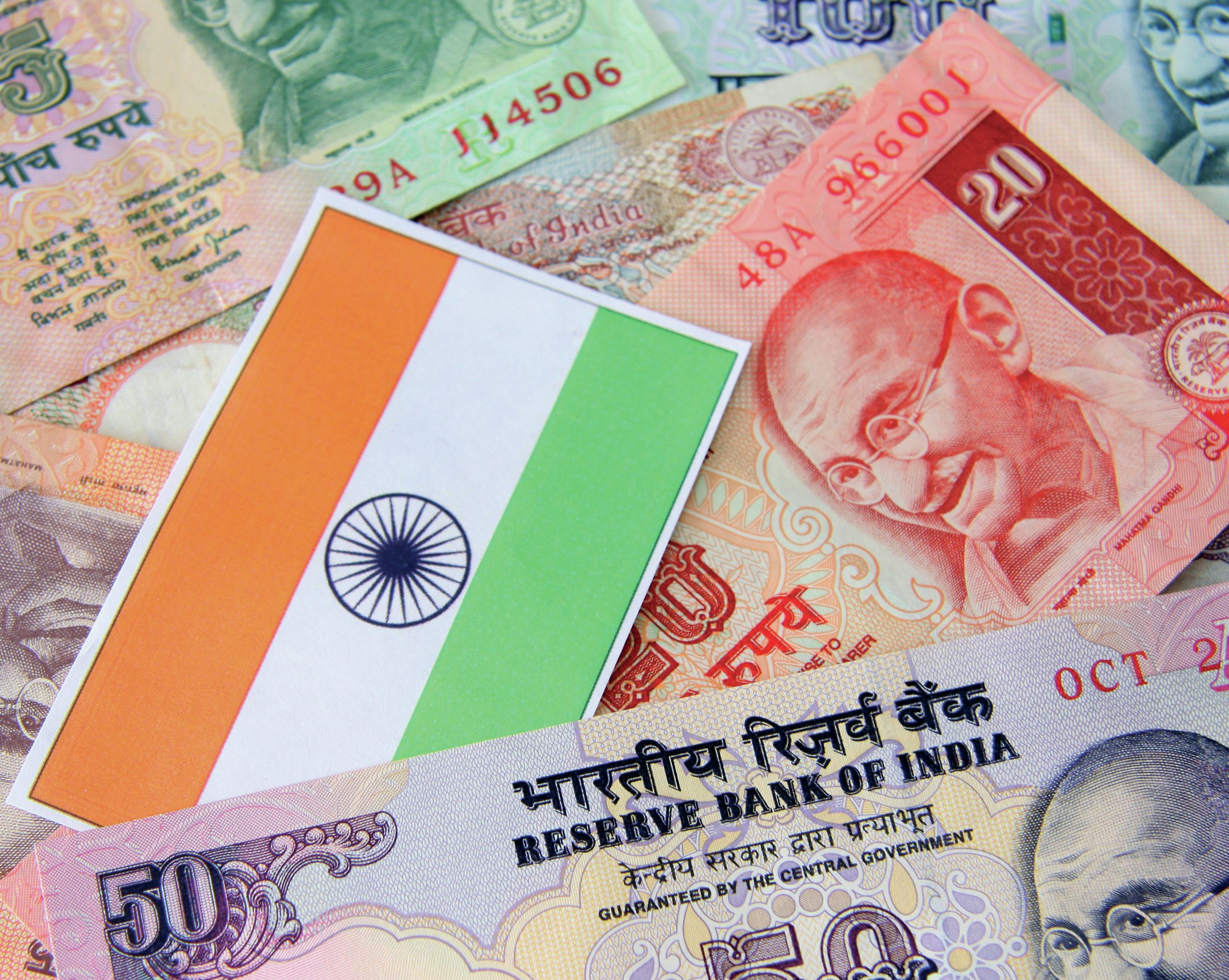
India seems to be on track to emerge as a giant economy of the twentyfirst century. The International Monetary Fund’s (2015) World Economic Outlook predicts that the Indian economy will overtake China in terms of annual growth rate by 2016, reaching 6.3% by its estimate. Such optimism reflects the fact that India has experienced rapid economic growth for more than two decades, and that increasingly Indian companies are competing globally, especially in the IT sector and through overseas investments. However, a closer look reveals the severe challenges still faced by the Indian economy.
The economic boom in India for the last two decades is largely due to the adoption of pro-market policies related to financial deregulation and inflows of foreign capital that boosted retail demand, combined with a fiscal initiative to encourage consumption. Yet it seems that this rapid economic growth is based on external dependence that may be hard to sustain in the long run. The high growth rates led to a rise in profits in financial sectors, but this did not lead to any increase in employment or improvement in living conditions for most people.
Your organisation does not have access to this article.
Sign up today to give your students the edge they need to achieve their best grades with subject expertise
Subscribe




